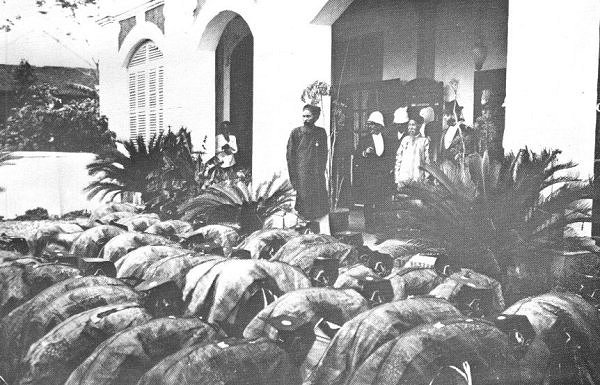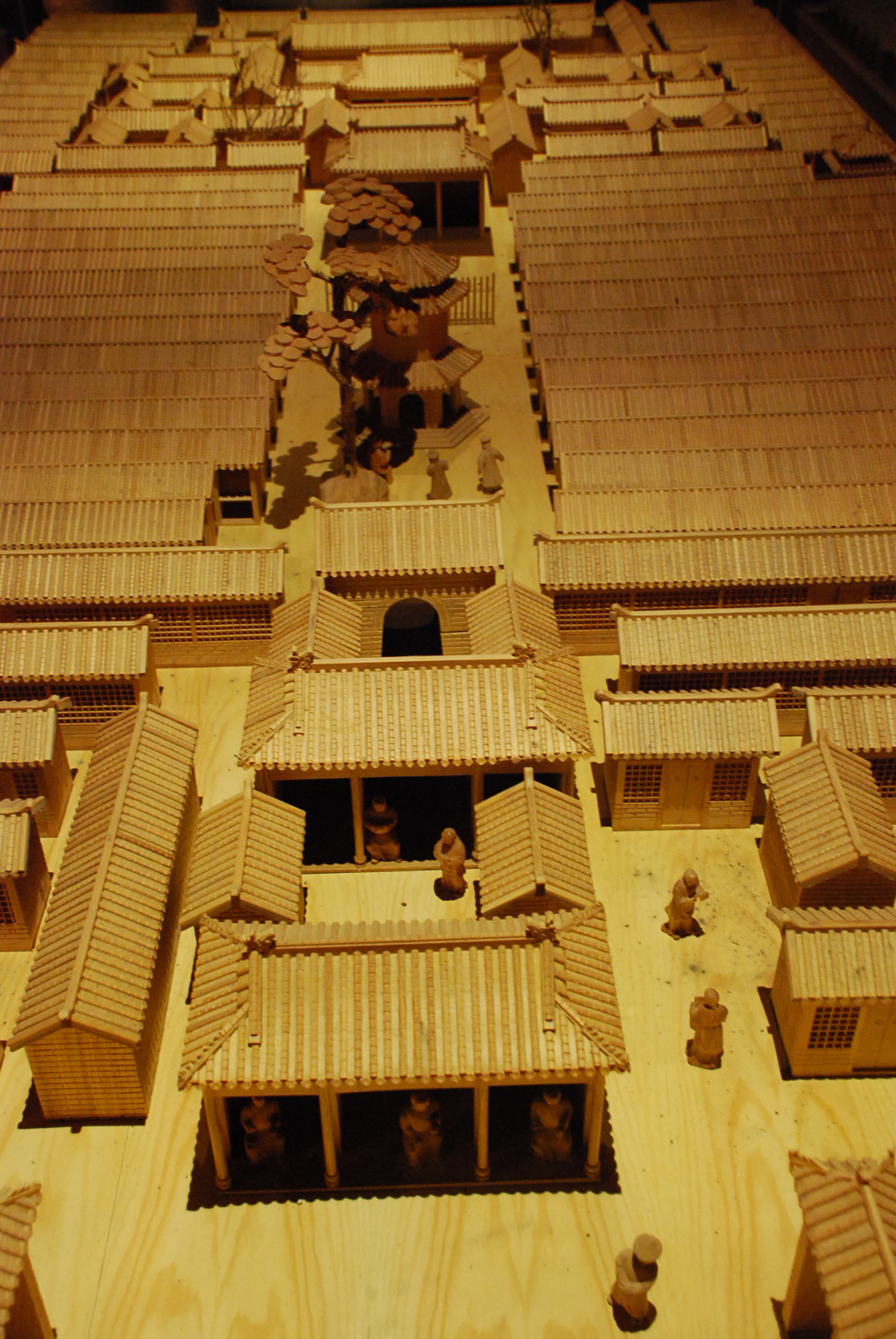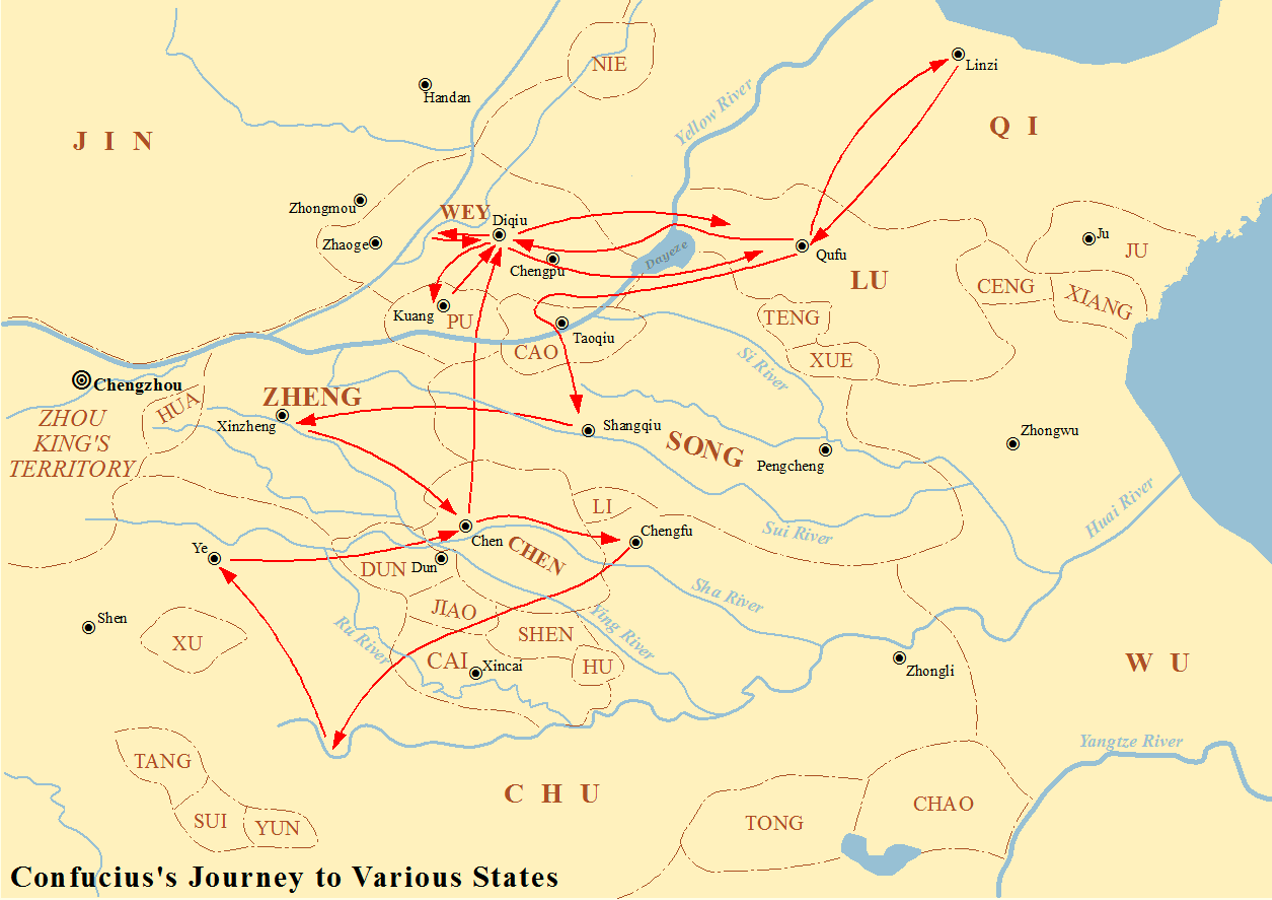|
Kowtow
A kowtow () is the act of deep respect shown by prostration, that is, kneeling and bowing so low as to have one's head touching the ground. In East Asian cultural sphere, Sinospheric culture, the kowtow is the highest sign of reverence. It was widely used to show reverence for one's elders, superiors, and especially the Emperor of China, as well as for religious and cultural objects of worship. Terminology The word Kowtow is derived from / ( zh, first=j, j=kau3 tau4, p=kòutóu). An alternative Chinese term is / ( zh, p=kētóu, j=hap6 tau4); however, the meaning is somewhat altered: has the general meaning of ''knock'', whereas has the general meaning of "touch upon (a surface)", / meaning head. The date of this custom's origin is probably sometime during the Spring and Autumn period or the Warring States period of China's history (771–221 BC), because it was a custom by the time of the Qin dynasty (221–206 BC). Traditional usage In Imperial era of Chinese history, ... [...More Info...] [...Related Items...] OR: [Wikipedia] [Google] [Baidu] [Amazon] |
Kneeling
Kneeling is a basic human position where one or both knees touch the ground. According to Merriam-Webster, kneeling is defined as "to position the body so that one or both knees rest on the floor". Kneeling with only one knee, and not both, is called genuflection. Kneeling is a primate behavior used to convey deference by making the figure that is kneeling appear smaller than the other. Primates themselves establish a dominance hierarchy (or "pecking order") which is important to the survival and behavior of the group. Chimpanzees, for example, have a complex social group that involves a dominant male and a corresponding female, to whom the other males and the Juvenile (organism), juvenile chimps are submissive. Males who threaten the hierarchy are often severely injured or killed; in some instances, the use of submissive behavior is necessary to ensure survival. Religion Humans have inherited the custom of submissive behavior, and kneeling has become prevalent in religious pra ... [...More Info...] [...Related Items...] OR: [Wikipedia] [Google] [Baidu] [Amazon] |
Bowing
Bowing (also called stooping) is the act of lowering the torso and Human head, head as a social gesture in direction to another person or symbol. It is most prominent in Asian cultures but it is also typical of nobility and aristocracy in many European countries. It is also used in religious contexts, as a form of worship or veneration. Sometimes the gesture may be limited to lowering the head such as in Indonesia, and in many cultures several degrees of the lowness of the bow are distinguished and regarded as appropriate for different circumstances. It is especially prominent in Culture of Nepal, Nepal, Culture of India, India, Culture of Cambodia, Cambodia, Culture of Thailand, Thailand, Culture of Laos, Laos, Culture of Vietnam, Vietnam, Chinese culture, China, Korean culture, Korea, and Japanese culture, Japan, where it may be executed standing or kneeling. Some bows are performed equally by two or more people while others are unequal – the person bowed to either does not b ... [...More Info...] [...Related Items...] OR: [Wikipedia] [Google] [Baidu] [Amazon] |
Prostration
Prostration is the gesture of placing one's body in a reverentially or submissively prone position. Typically prostration is distinguished from the lesser acts of bowing or kneeling by involving a part of the body above the knee, especially the hands, touching the ground. Major world religions employ prostration as an act of submissiveness or worship to an entity or to the God, Supreme Being (i.e. God), as in the ''Metanoia (theology), metanoia'' in Christian prayer used in the Eastern Orthodox and Oriental Orthodox Churches, and in the ''sujud'' of the Islamic prayer, ''salat''. In various cultures and traditions, prostrations are similarly used to show respect to rulers, civil authorities and social elders or superiors, as in the Culture of China, Chinese kowtow or Ancient Greek ''proskynesis''. The act has often traditionally been an important part of religious, civil and traditional rituals and ceremonies, and remains in use in many cultures. Traditional religious practi ... [...More Info...] [...Related Items...] OR: [Wikipedia] [Google] [Baidu] [Amazon] |
Emperor Of China
Throughout Chinese history, "Emperor" () was the superlative title held by the monarchs of imperial China's various dynasties. In traditional Chinese political theory, the emperor was the " Son of Heaven", an autocrat with the divine mandate to rule all under Heaven. Emperors were worshiped posthumously under an imperial cult. The lineage of emperors descended from a paternal family line constituted a dynasty, and succession in most cases theoretically followed agnatic primogeniture. The emperor of China was an absolute monarch. During the Han dynasty, Confucianism gained sanction as the official political theory. The absolute authority of the emperor came with a variety of governing duties and moral obligations; failure to uphold these was thought to remove the dynasty's Mandate of Heaven and to justify its overthrow. In practice, emperors sometimes avoided the strict rules of succession and dynasties' purported "failures" were detailed in official histories written by ... [...More Info...] [...Related Items...] OR: [Wikipedia] [Google] [Baidu] [Amazon] |
Yamen
A ''yamen'' (''ya-men''; ; Manchu: ''yamun'') was the administrative office or residence of a local bureaucrat or mandarin in imperial China, Korea, and Vietnam. In some places, such as Kowloon Walled City, Hong Kong, it was named as ''almshouse''. A ''yamen'' can also be any governmental office or body headed by a mandarin, at any level of government: the offices of one of the Six Ministries is a ''yamen'', but so is a prefectural magistracy. The term has been widely used in China for centuries, but appeared in English during the Qing dynasty. Overview Within a local ''yamen'', the bureaucrat administered the government business of the town or region. Typical responsibilities of the bureaucrat includes local finance, capital works, judging of civil and criminal cases, and issuing decrees and policies. Typically, the bureaucrat and his immediate family would live in a residence attached to the ''yamen''. This was especially so during the Qing dynasty, when imperial law ... [...More Info...] [...Related Items...] OR: [Wikipedia] [Google] [Baidu] [Amazon] |
Imperial Examination
The imperial examination was a civil service examination system in History of China#Imperial China, Imperial China administered for the purpose of selecting candidates for the Civil service#China, state bureaucracy. The concept of choosing bureaucrats by merit rather than by birth started Imperial examination in Chinese mythology, early in Chinese history, but using written examinations as a tool of selection started in earnest during the Sui dynasty (581–618), then into the Tang dynasty (618–907). The system became dominant during the Song dynasty (960–1279) and lasted for almost a millennium until its abolition during the late Qing reforms, late Qing dynasty reforms in 1905. The key sponsors for abolition were Yuan Shikai, Yin Chang and Zhang Zhidong. Aspects of the imperial examination still exist for entry into the civil service of both China and Taiwan. The exams served to ensure a common knowledge of writing, Chinese classics, and literary style among state officials. ... [...More Info...] [...Related Items...] OR: [Wikipedia] [Google] [Baidu] [Amazon] |
Imperial Era Of Chinese History
The history of China spans several millennia across a wide geographical area. Each region now considered part of the Chinese world has experienced periods of unity, fracture, prosperity, and strife. Chinese civilization first emerged in the Yellow River valley, which along with the Yangtze basin constitutes the geographic core of the Chinese cultural sphere. China maintains a rich diversity of ethnic and linguistic people groups. The traditional lens for viewing Chinese history is the dynastic cycle: imperial dynasties rise and fall, and are ascribed certain achievements. This lens also tends to assume Chinese civilization can be traced as an unbroken thread many thousands of years into the past, making it one of the cradles of civilization. At various times, states representative of a dominant Chinese culture have directly controlled areas stretching as far west as the Tian Shan, the Tarim Basin, and the Himalayas, as far north as the Sayan Mountains, and as far south as t ... [...More Info...] [...Related Items...] OR: [Wikipedia] [Google] [Baidu] [Amazon] |
Immanuel C
Immanuel or Emmanuel (, "God swith us"; Koine Greek: ) is a Hebrew name that appears in the Book of Isaiah (7:14) as a sign that God will protect the House of David. The Gospel of Matthew ( Matthew 1:22 –23) interprets this as a prophecy of the birth of the Messiah and the fulfillment of Scripture in the person of Jesus. ''Immanuel'' "God ( El) with us" is one of the "symbolic names" used by Isaiah, alongside Shearjashub, Maher-shalal-hash-baz, or Pele-joez-el-gibbor-abi-ad-sar-shalom. It has no particular meaning in Jewish messianism. In Christian theology by contrast, based on its use in Isaiah 7:14, the name has come to be read as a prophecy of the Christ, following Matthew 1:23, where ''Immanuel'' () is translated as (KJV: "God with us"), and also Luke 7:14–16 after the raising of the dead man in Nain, where it was rumoured throughout all Judaea that "God has visited his people" (KJV). Isaiah 7–8 Summary The setting is the Syro-Ephraimite War, 735-734 BCE, ... [...More Info...] [...Related Items...] OR: [Wikipedia] [Google] [Baidu] [Amazon] |
Confucius
Confucius (; pinyin: ; ; ), born Kong Qiu (), was a Chinese philosopher of the Spring and Autumn period who is traditionally considered the paragon of Chinese sages. Much of the shared cultural heritage of the Sinosphere originates in the philosophy and teachings of Confucius. His philosophical teachings, called Confucianism, emphasized personal and governmental morality, harmonious social relationships, righteousness, kindness, sincerity, and a ruler's responsibilities to lead by virtue. Confucius considered himself a transmitter for the values of Ancient China, earlier periods which he claimed had been abandoned in his time. He advocated for filial piety, endorsing strong family loyalty, Ancestor veneration in China, ancestor veneration, the respect of elders by their children and of husbands by their wives. Confucius recommended a robust family unit as the cornerstone for an ideal government. He championed the Silver Rule, or a negative form of the Golden Rule, advising, "Do ... [...More Info...] [...Related Items...] OR: [Wikipedia] [Google] [Baidu] [Amazon] |
Confucianism
Confucianism, also known as Ruism or Ru classicism, is a system of thought and behavior originating in ancient China, and is variously described as a tradition, philosophy, Religious Confucianism, religion, theory of government, or way of life. Founded by Confucius in the Hundred Schools of Thought era (c. 500 BCE), Confucianism integrates philosophy, ethics, and social governance, with a core focus on virtue, Harmonious Society, social harmony, and Filial piety, familial responsibility. Confucianism emphasizes virtue through self-cultivation and communal effort. Key virtues include ''Ren (philosophy), ren'' (benevolence), ''Yi (philosophy), yi'' (righteousness), ''Li (Confucianism), li'' (propriety), ''Wisdom, zhi'' (wisdom), and ''Xin (virtue), xin'' (sincerity). These values, deeply tied to the notion of ''tian'' (heaven), present a worldview where human relationships and social order are manifestations of sacred moral principles.. While Confucianism does not emphasize an ... [...More Info...] [...Related Items...] OR: [Wikipedia] [Google] [Baidu] [Amazon] |
Qin Dynasty
The Qin dynasty ( ) was the first Dynasties of China, imperial dynasty of China. It is named for its progenitor state of Qin, a fief of the confederal Zhou dynasty (256 BC). Beginning in 230 BC, the Qin under King Ying Zheng engaged in a Qin's wars of unification, series of wars conquering each of the rival states that had previously pledged fealty to the Zhou. This culminated in 221 BC with the successful unification of China under Qin, which then assumed an imperial prerogativewith Ying Zheng declaring himself to be Qin Shi Huang, the first emperor of China, and bringing an end to the Warring States period (221 BC). This state of affairs lasted until 206 BC, when the dynasty collapsed in the years following Qin Shi Huang's death. The Qin dynasty's 14-year existence was the shortest of any major dynasty in Chinese history, with only two emperors. However, the succeeding Han dynasty (202 BC220 AD) largely continued the military and administ ... [...More Info...] [...Related Items...] OR: [Wikipedia] [Google] [Baidu] [Amazon] |








